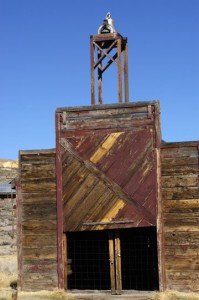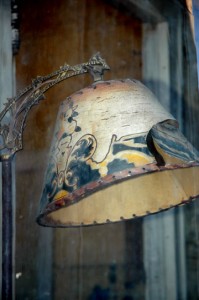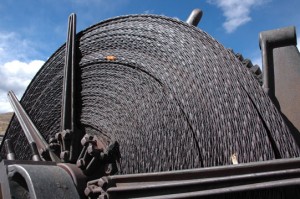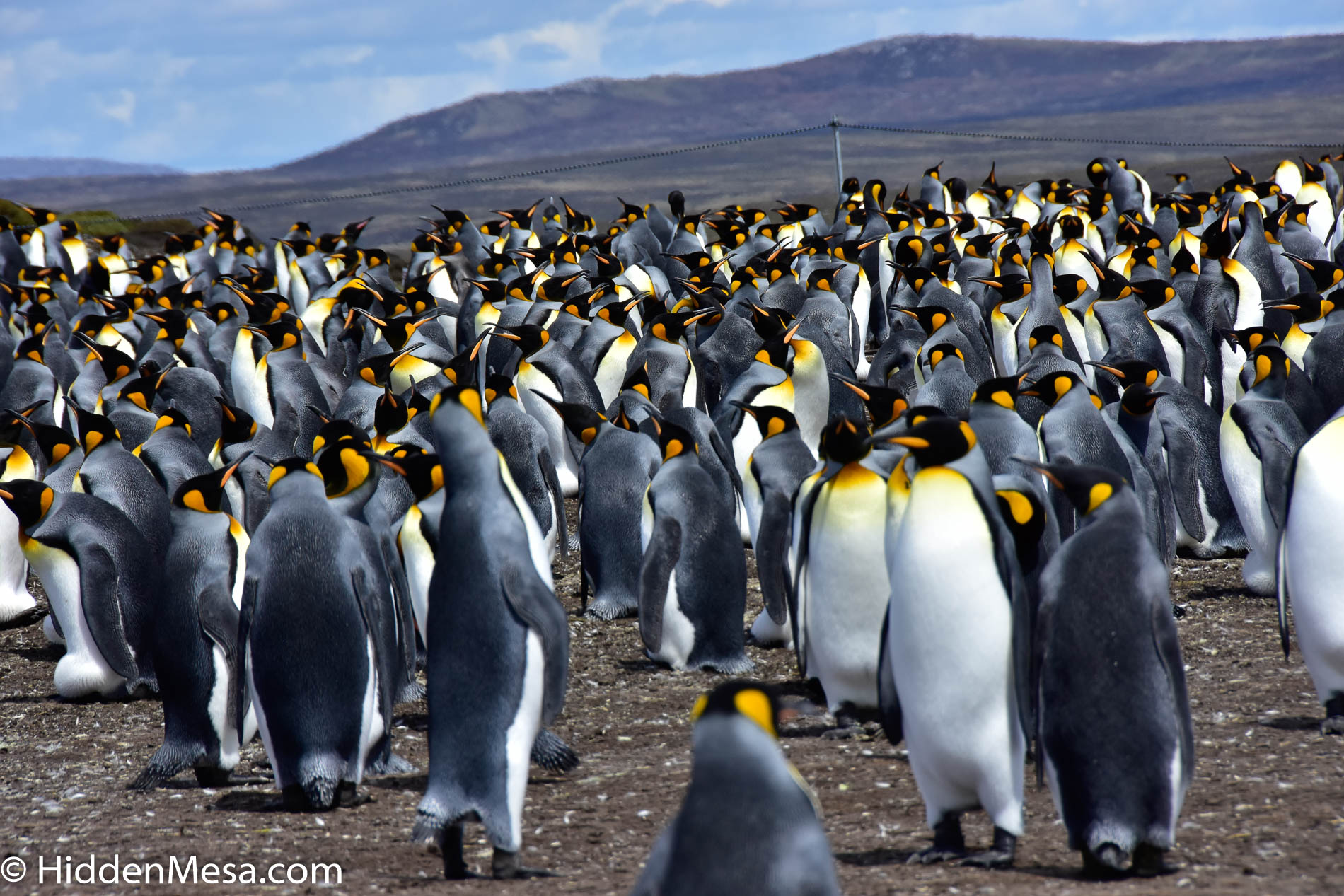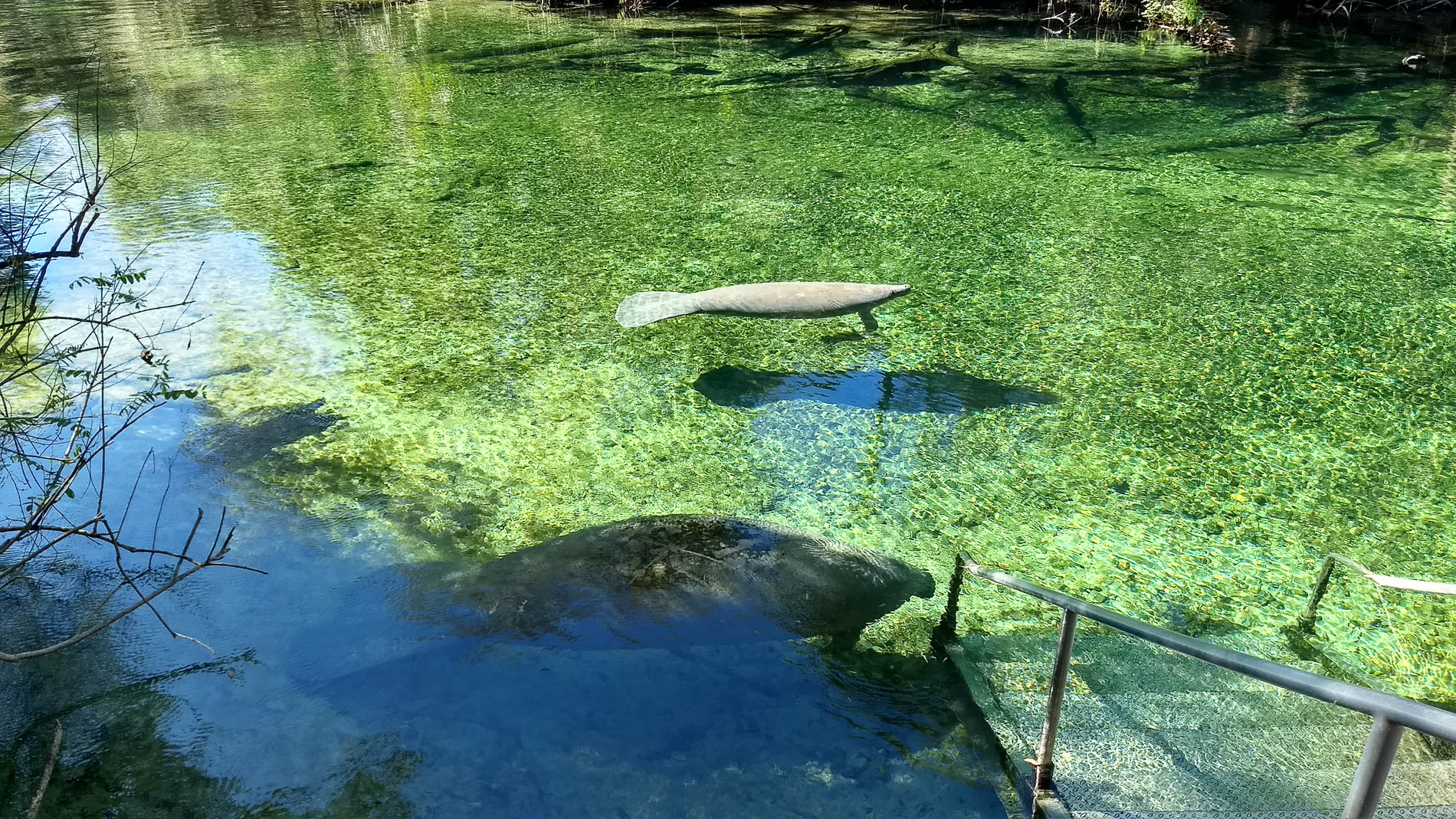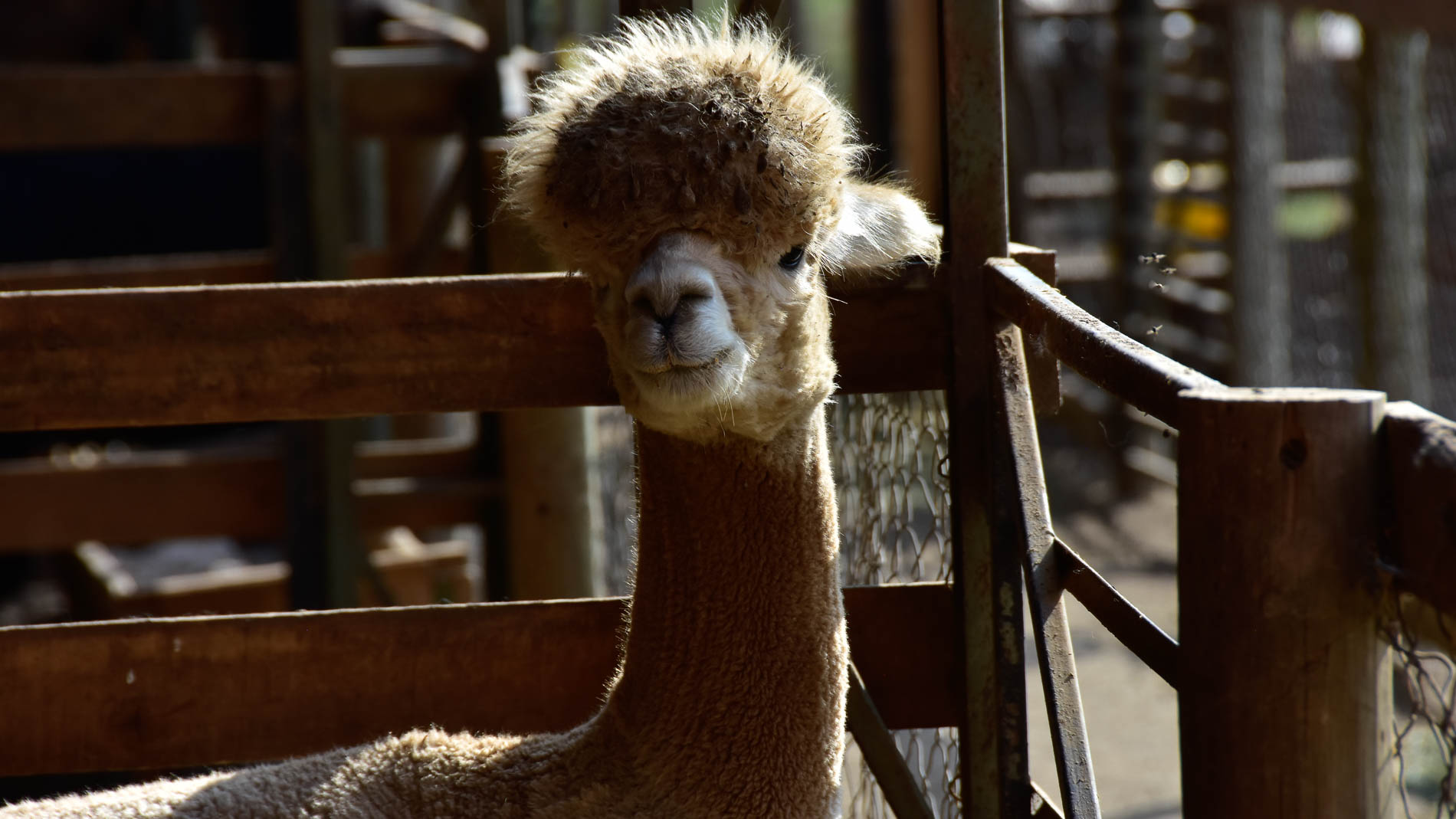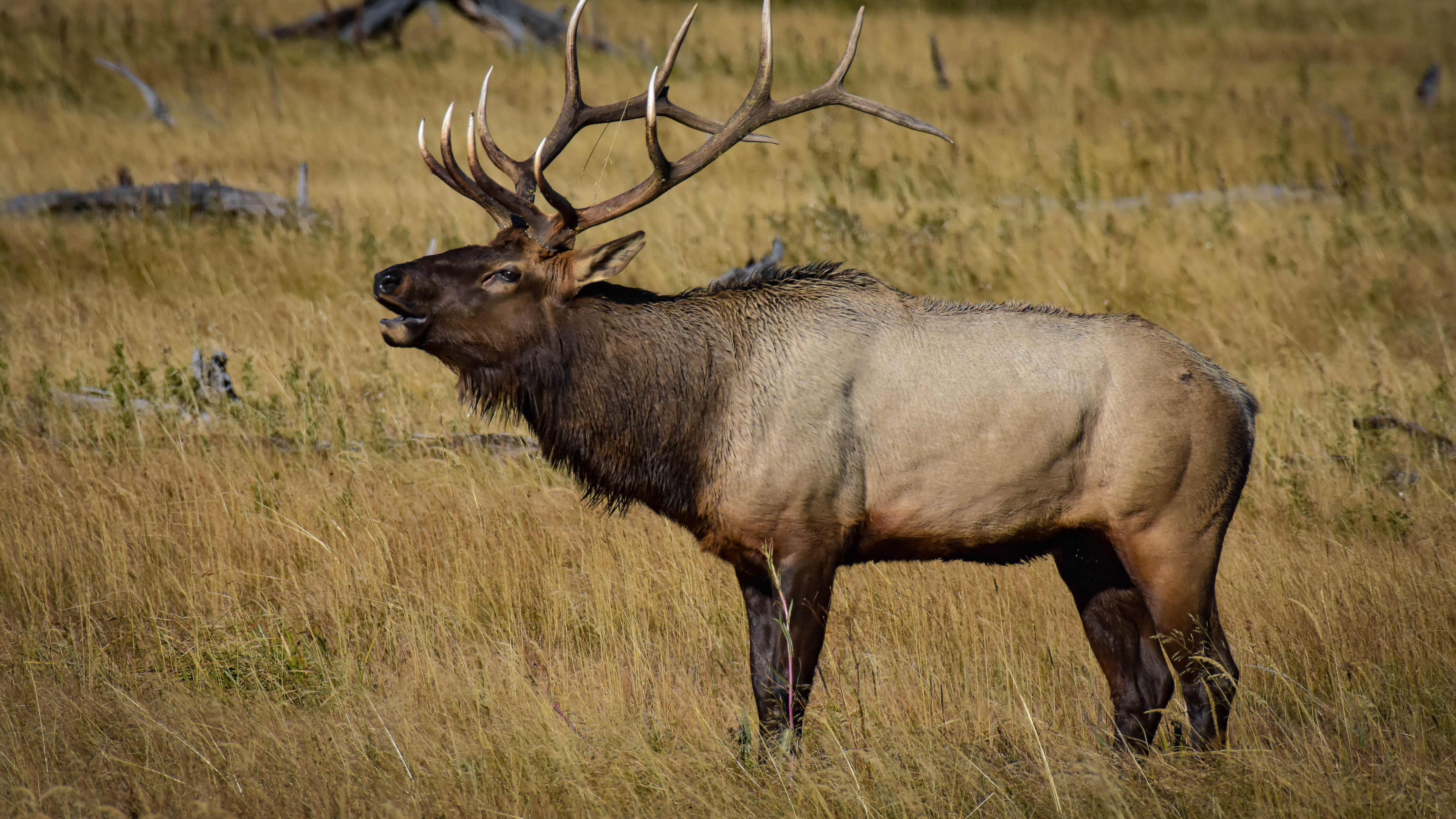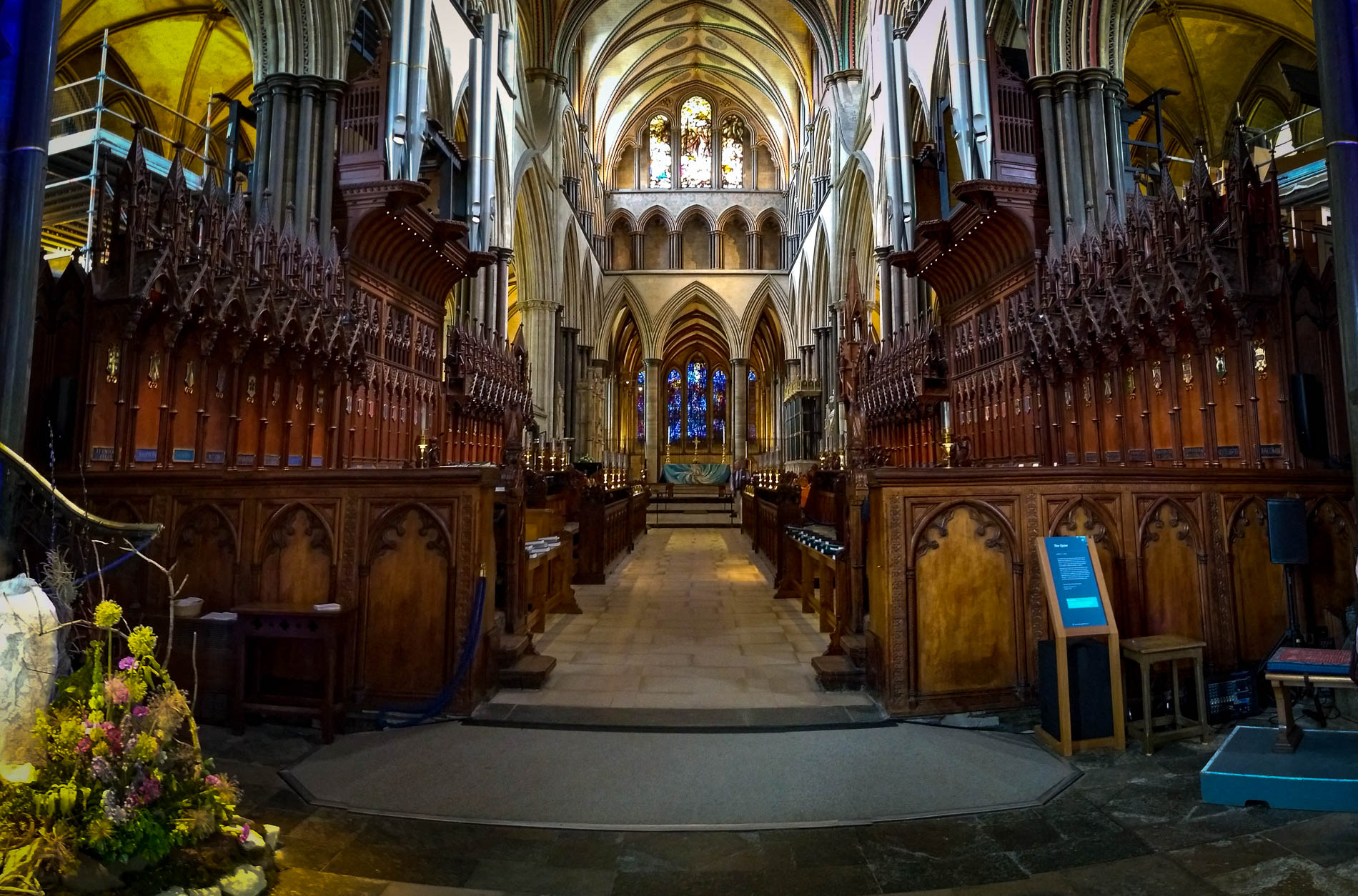We’ve all seen the classic western movies depicting life in the west, and the glorious days of the American cowboy. The “wild west” has always seemed like the place to be in a perfect world, and, of course, Jesse James was made into a hero by American folk lore. Of course, make any trip to a restored ghost town that has a minimal museum, and a good look at the dental tools used back then could probably change your mind about the glory of the old west. Those were hard times. The people who lived then did not enjoy everyday luxuries, and the tools used (it’s hard to call them “instruments”) by dentists paint a picture of the wild west that’s anything but fun.
To get a sense of what life in Bodie must have been like, it might be beneficial to remember why it was there. First and foremost, Bodie was a Gold mining town. At its peak, there were more than thirty mines in operation. There were all kinds of people who worked the mines, but most folks didn’t come with lifetime careers in mind. They probably had visions of working a bit in the gold mines, then striking it rich and returning home. Of course, wages in the existing mines must have been at least adequate. For the 10,000 or so residents in Bodie, there were sixty-five saloons along with brothels, pot houses and opium dens. There were even three local breweries to augment the “imported” liquor with local beer. There was often as many as one murder per day, and many more assaults, robberies, and just about everything else that could be expected from a city out of control. One famous quote that came from the diary of an unnamed little girl when she found out that her family was moving from San Francisco to Bodie said, “Goodbye God, I’m going to Bodie.” Other interpretations of her diary have the quote as saying, “Good, by God, I’m going to Bodie.” Take your choice. It says a lot coming from a little girl in the 19th century.
Bodie was named after Waterman S. Body, or William S. Bodey, depending on which historical account you read. The original spelling of Bodie has been jokingly attributed to an illiterate sign maker, but it’s said that the town’s citizens deliberately changed the spelling to avoid mispronunciations of the name. Mr. Body discovered gold at the site of Bodie in 1859 when he came across the Sierras looking for the precious metal. Gold was discovered that year in Virginia City, and it evidently sparked a gold rush to the eastern slopes.
How To Get There – Bodie is located on the eastern slope of the Sierra Nevada mountain range, near the town of Bridgeport. To get there from Bridgeport, take Highway 395 south for about 6 ½ miles, then turn left on Bodie Road (CA-270). Bodie is about 13 miles in, with about 3 miles of dirt before arriving at the town.
From Yosemite National Park, take Highway 120 over Tioga Pass. At Lee Vining, turn north on Highway 395 and proceed 19 miles to Bodie Road (CA-270), and then east for 13 miles to the town of Bodie. Remember, the last 3 miles of this road is dirt.
Bodie Road is considered to be seasonal, and snow removal is not done in the winter months. While the town is open, it’s only accessible via “over-the-snow” equipment. Normally, Bodie is accessible with ordinary vehicles through most of the summer. From Memorial Day weekend through Labor Day weekend hours: 8:00am to 7:00pm. The remainder of the year it’s 9:00am to 4:00pm or as posted. Hours may vary due to weather or season and are posted at all entrances.
Peeking through the windows shows life as it must have been in the 19th and early 20th century. This electric lamp must have been left when the last occupants left this house. Photo by Don Fink
What To Take – There is one restroom at the parking lot, and two drinking fountains within the entire 1,000 acre park. The elevation is nearly 8,400 feet, and just walking around can be strenuous. Coupled with the high desert dry air, it’s easy to get dehydrated in this climate. Bring water for your walk around the town, and snacks for your trip back.
This town begs you to try your hand at HDR photography. With all the contrast between the buildings and the skyline, especially the interiors, you’ll want a tripod to augment your equipment. A flash might be useful, but most people will probably use a tripod and available light for the interior images. Normal to wide angle lenses will be most useful too.
When You Get There – The first thing you’ll notice when you arrive at Bodie and open your car door is the silence. While it’s common in a high desert environment, it is a bit unnerving to those of us who are used to being around people and populated places. With no trees to quake in the breeze, and virtually nothing to reflect the sounds that are being made, Bodie gives the impression that it’s absorbing the sound. The silence seems to be asking for your respect. Leaving the parking lot, it’s a very short walk to the heart of the town, but you’ll pass plenty of examples of abandoned equipment along the way. Much of it is marked with a placard explaining its purpose.
While you’re still in the parking lot, take a look around the hills. You’ll see countless ruins of small, almost piano box sized structures around town. As you look, you’ll see that there are more ruins in the hills than there are standing structures. This is most likely where the majority of the regular mine workers lived. Imagine that there were single men looking for their fortunes and families living in these boxes. An interesting perspective when you’re considering the grandeur, excitement, and glamor of life on the western front.
One of the most interesting buildings in town is the Methodist Church. It’s one of the first structures you’ll encounter along Green Street, and the only church still standing in Bodie. Erected in 1882, the last service was held in 1932. the interior has been vandalized over the years and the ten commandments – which were painted on oilcloth – behind the pulpit, including, “thou shalt not steal”, has been stolen. This is one of the few buildings that are open to viewing, at least partially.
When electric power was introduced to town and the mines, it was generated using wood fired boilers to make steam and run turbines. The power station is located on Green
Street, just east of Main Street, and behind the Wheaton and Hollis Hotel. As the wood supplies began to dwindle, Thomas Leggett – superintendent of the Standard Company – organized the construction of the world’s first hydroelectric power generating station.
It was Leggett’s theory that electricity could be transmitted long distances over wires, but the process had never before been tested. A dam was built across the Green Creek, 13 miles away above Bridgeport, and generators were installed to create 3,500 volts or electricity, or the equivalent of about 130 horsepower. The first test of this innovative new technology occurred in November of 1892. Suddenly the world was transformed because this little town east of the California Sierras had ran out of wood, and needed a reliable power source.
While Bodie carried the reputation mostly as a pit of evil with all its crime, saloons, and so on, it’s clear that the industry of the mines brought innovation and challenging work for many people during the latter part of the nineteenth century. Had the resources of the mines not dried up, or had the main industry been something more sustainable than the gold in the hills, it’s easy to speculate that Bodie would be a strong and vibrant community today.
For people who have an interest in our recent history, or simply like visiting ghost towns, Bodie is a real treat. It’s rare that you can find a town so complete and basically as it was left. With only about five percent of the original buildings standing today, it still amounts to over 170 structures in the main part of town, still standing, still telling their story.
And now my comrades all are gone;
Naught remains to toast.
They have left me here in my misery.
Like some poor wandering ghost.
-Unknown
Bodie and Mono Lake can be covered in one day. You can visit Mono Lake early in the morning, then on to Bodie, or save Mono Lake for late in the day. Keep in mind that Bodie State Park closes at sunset. While the most striking images of Bodie would likely be right at sunset, the park staff will insist that you leave well before that time. Mono Lake, however, is available at sunset, and deep shadowed Tufas piercing the shoreline are quite a site.
One activity that might be considered when visiting Bodie is the opportunity to get unique images of you, your kids, or friends in period costumes in realistic surroundings. Think about the fun you can have dressing in old west costumes and shooting images around the old buildings. These shots can be used for all kinds of purposes, from the usual postings on social media to Christmas cards, birthday cards, and others.
This flat cable was used in the mining operations. It’s a good example of the abundant pieces of mining equipment that can be viewed while touring Bodie. Photo by Don Fink
Where to Stay – For many people, Bodie is a side trip while enjoying another destination. If you’re staying in Yosemite Valley, it’s a day’s diversion to drive over Tioga Pass (Highway 120) and up Highway 395. If you’re in the area to photograph Mono Lake, there are many hotels along Highway 395 from Reno, about 136 miles north, to Bishop, 96 miles south.
Hotels, campgrounds, and RV parks are located all through the small towns along Highway 395. Starting in Bishop to the south, north to Reno, Nevada, all have merits.
The eastern slope of the sierras is not a densely populated place, but there are still places to stay, and things to do here. While a visit to Bodie is but one day’s adventure, there are enough distractions to easily warrant a stay here of several days, and Bodie is a great place to start.


